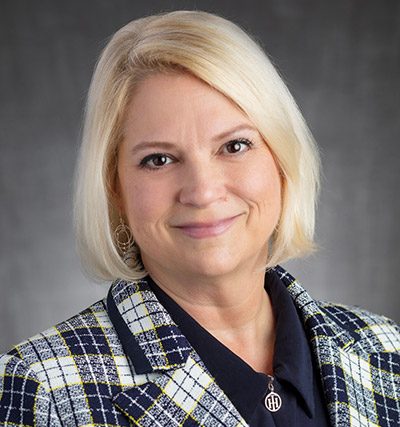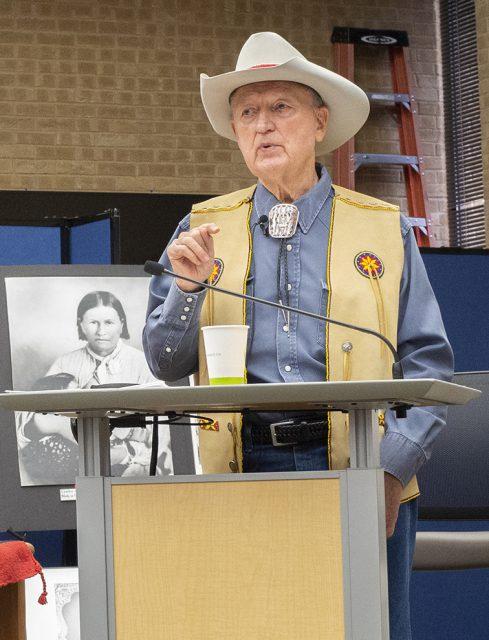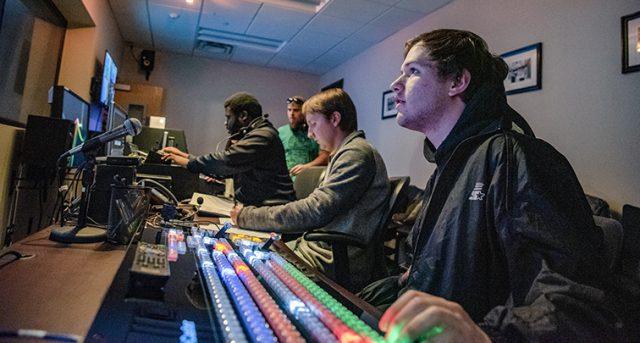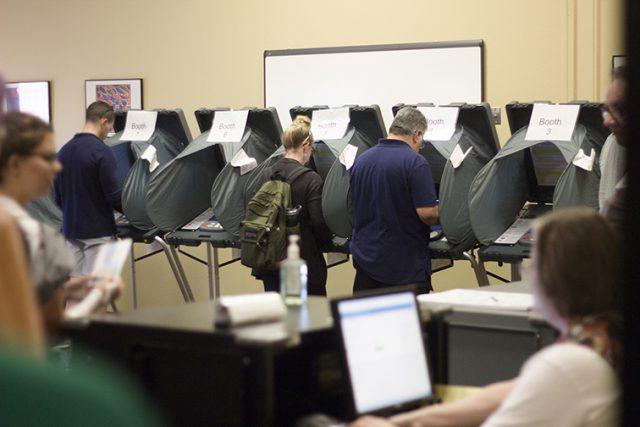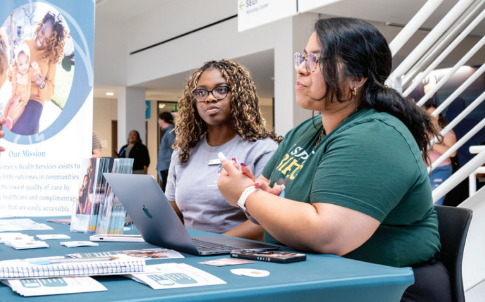| November 13, 2019 | Cody Shannon | reporter |
|---|
SE Campus English instructor Yvonne Jocks spoke to students about the history of witches and witch trials Oct. 29.
Jocks authored many romance novels centered around witches and witchcraft. She said she would take any classes she could find on witchcraft, which are few and far between at the university level.
Jocks is also a former member of the Covenant of Unitarian Universalist Pagans, which according to its website, is an organization dedicated to networking pagan-identified Unitarian Universalists. Its goal is to educate people about paganism, promote interfaith dialogue, develop pagan liturgies and theologies and support pagan-identified religious professionals.
“There have always been witches depending on what your definition of a witch is,” Jocks said.
Jocks began with a history of witchcraft from the late Middle Ages and a description of how we perceive witches.
In the Middle Ages, men and women practicing witchcraft believed that magic came from nature. Little evidence exists supporting the idea that witches would attempt to summon or converse with demons, she said.
The “old hag” image of witches comes from the drawings of a woman known as Mother Shipton in the 16th century. She was an older woman with a large hooked nose and a hunched back. Jocks compared the drawings of Mother Shipton to the image used when the Evil Queen gives the poisoned apple to Snow White in the Walt Disney classic “Snow White and the Seven Dwarfs.”
“The fact that the drawings of Mother Shipton were the inspiration for the images we have of witches was really interesting,” said SE student Axel Paduano.
According to Jocks, the first time a witch was portrayed as green was in the 1939 film “The Wizard of Oz” because the production was made in color.
Jocks recently traveled to the U.K. to learn more about the history of where some of the first witch trials were conducted. From her studies, witches were generally left alone before the 1500s, and the few witches that were put to death before then were typically guilty of other crimes.
“The fear of witches came from the rapid changing of the world,” Jocks said.
In 1542, King Henry VIII passed the first anti-witch law. “Malleus Maleficarum,” Latin for “The Hammer of Witches,” was a book that states demons were everywhere, seducing women into witchcraft. This book was published around the same time as the invention of the printing press.
Because of the new anti-witch laws and teachings, witch hunting became a growing profession that started with Matthew Hopkins being paid one pound for every witch found guilty and put to death.
While men were also tried for being witches, the majority were married to women who had first been accused of witchcraft.
Now, witchcraft is growing, and in Western culture it has become more acceptable to be “out of the broom closet” as one of the slides in Jocks’ presentation read. Currently, Wicca is one of the fastest-growing religions in the U.S.
“My girlfriend is interested in witchcraft, and I wanted to see if her history and definition of witchcraft aligned with this, and I want to support her,” said SE student Defawn Jones. “This event focused mainly on European witchcraft, and I wanted to find the origins of witchcraft.”


























